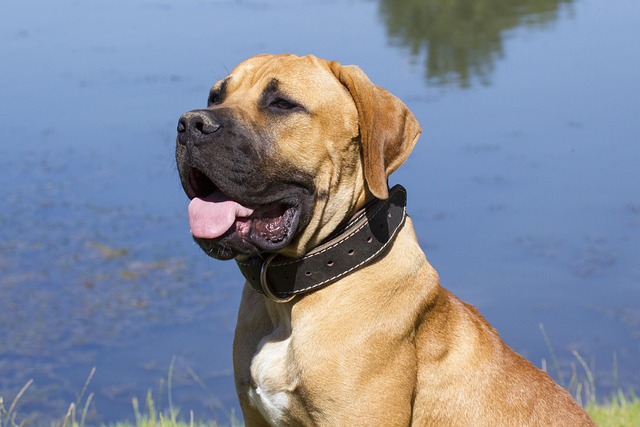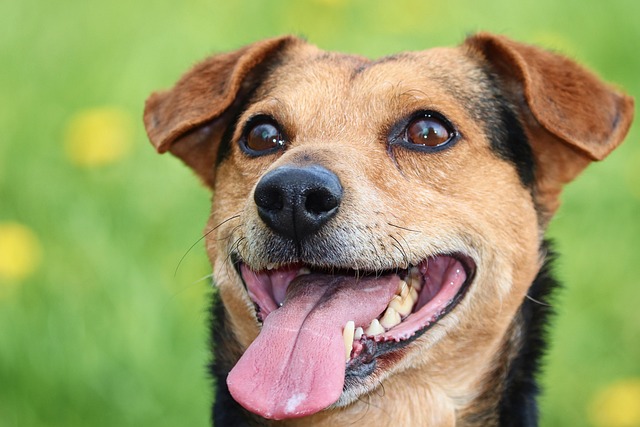
How do I start my dog on agility training?
The idea of watching your dog leap, weave, and race through an agility course is exhilarating. But before you dive in, it’s essential to understand the journey ahead,
House training frustration is real. You've tried every method, read all the books, yet that puddle by the door keeps appearing. What if I told you the secret isn't just consistency, but syncing with your dog's internal clock? Actually, leveraging circadian rhythms can accelerate housebreaking by 50% compared to traditional hourly schedules. That's not just hopeful thinking – veterinary behaviorists see measurable results when owners align training with biological triggers. The fastest dog house training method taps into nature's built-in rhythms rather than fighting against them.
Dogs, like humans, operate on circadian cycles influencing everything from bathroom urgency to learning readiness. Morning cortisol surges around 6-8 AM create prime elimination windows – that's why your pup whines urgently at dawn. Their digestive clock is equally precise; meals trigger bowel movements within 30 minutes like biological alarm clocks. Even their alertness peaks follow predictable patterns, making certain times ideal for cue reinforcement. Understanding these natural rhythms transforms house training from guesswork to strategic science-based dog house training schedule implementation.
Ready to work with biology? Start at dawn during the cortisol peak. Get your dog outside immediately upon waking – no coffee, no distractions. This capitalizes on their physiological urgency. Next, watch the clock after meals. That 30-minute post-eating window isn't arbitrary; it's when gastrointestinal motility peaks. Time potty breaks accordingly for near-automatic success. Afternoon sessions around 3-5 PM align with metabolic peaks where dogs best retain training. Pre-sleep routines matter too: a final trip outside synchronizes with dropping body temperature signaling rest. Crucially, rewards must happen within seconds during these biological windows to cement the connection.
Puppies need more frequent outings during growth spurts, while rescue dogs may have disrupted rhythms requiring patience. Shift workers? Flip the schedule: use bright "morning" lights and scheduled feeds to reset your dog's clock. Accidents will happen – clean with enzymatic cleaners without scolding. Reacting strongly can create anxiety that actually disrupts their natural elimination rhythms. The key is maintaining the circadian framework even when life interrupts.
You'll notice changes faster than expected. Most dogs using circadian rhythm dog potty training show accident reduction within days, not weeks. By week two, you'll naturally recognize your dog's "I need to go" signals aligned to their biological clock house training patterns. Eventually, you can flex the schedule because the behavior is neurologically ingrained. Long-term success comes from occasional reinforcement during original training windows, keeping those pathways strong. It's not magic – just science meeting observation.

The idea of watching your dog leap, weave, and race through an agility course is exhilarating. But before you dive in, it’s essential to understand the journey ahead,

Deciding to bring a Yorkie into your home means embracing a tiny bundle of energy and charm, but it also raises an important question: how straightforward is potty training?

Bringing home a new puppy is an exciting adventure, but it also comes with the big question: What is the first thing you should train your puppy?

Imagine you’re at Seattle’s Green Lake Park with Luna, your energetic Shepherd mix. She spots a duck and lunges, choking herself on the collar.

Teaching a 2-year-old dog to fetch might seem challenging, but it’s a rewarding way to bond and keep your furry friend active. Fetch isn’t just a fun game—it provides mental stimulation and physical exercise, essential for a healthy dog.

You’ve read all the articles, stocked up on premium treats, and patiently clicked and rewarded your new rescue pup, Charlie.